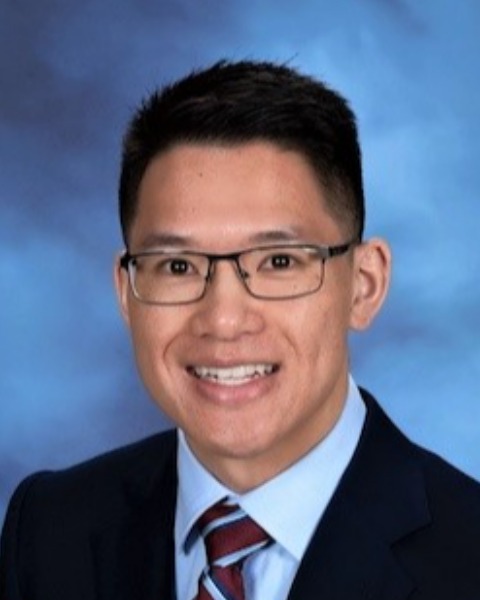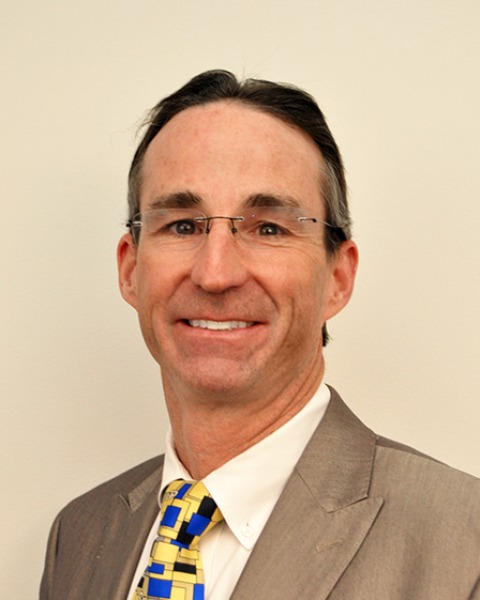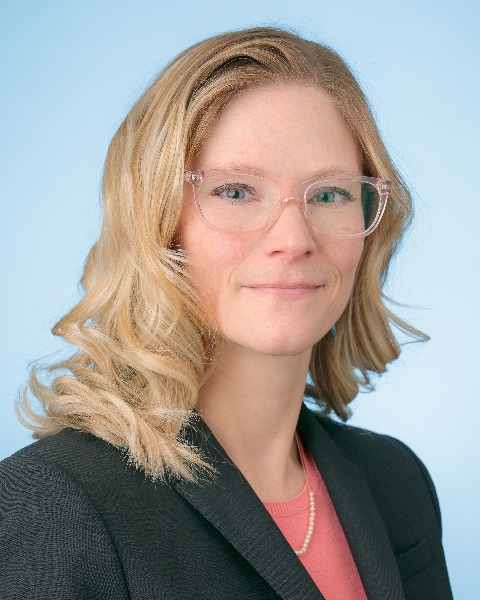Upper Gastrointestinal (lips to ileocecal valve, including esophagus and stomach)
E440: Tumor Infiltrating Lymphocytes are Significantly Increased with Neoadjuvant Chemotherapy Treatment in Patients with Resectable Gastric Cancer

Elliott J. Yee, MD (he/him/his)
General Surgery Resident
University of Colorado - Anschutz, CO
Denver, Colorado, United States
Elliott J. Yee, MD (he/him/his)
General Surgery Resident
University of Colorado - Anschutz, CO
Denver, Colorado, United States
Elliott J. Yee, MD (he/him/his)
General Surgery Resident
University of Colorado - Anschutz, CO
Denver, Colorado, United States- DG
Danielle Gilbert, BA
Medical Student
University of Colorado - Anschutz, CO, United States - MK
Michael J. Kirsch, MD MS
Resident Physician
University of Colorado - Anschutz, CO, United States - IZ
Ioannis A. Ziogas, MD, MPH
Resident - General Surgery
University of Colorado Anschutz Medical Campus
Aurora, Colorado, United States 
Otto N. Thielen, MD
Resident Physician
University of Colorado - Anschutz, CO, United States- SW
Sachin Wani, MD
Professor
University of Colorado - Anschutz, CO, United States - SK
Sunnie Kim, MD
Associate Professor
University of Colorado - Anschutz, CO, United States 
Martin D. McCarter, MD
Professor of Surgery
University of Colorado, Department of Surgery, United States
Camille L. Stewart, MD, FSSO, FACS (she/her/hers)
Surgical oncologist
CommonSpirit Health, St. Anthony Hospital
Lakewood, Colorado, United States
ePoster Abstract Author(s)
Submitter(s)
Author(s)
Methods:
Formalin fixed paraffin embedded tissue samples were obtained from all patients with biopsy-confirmed gastric adenocarcinoma treated with curative intent at our center from 2012-2020. Characterization of TIL phenotypes (conventional and memory CD4+ and CD8+ T cells, Tregulatory cells (Treg), and B cells) and PD-L1 status were assessed by multiplex immunohistochemistry. Kaplan-Meier curves analyzed by log-rank test were generated for overall (OS) and recurrence free survival (RFS).
Results:
There were 68 specimens suitable for histologic analysis. Roughly a third of patients were classified with clinical stage I, II, and III disease (n=19, 28%; n=21, 31%; n=25, 37%, respectively). Forty-eight patients (71%) received NAC, the most common regimen being FOLFOX (n=25, 52%). NAC-treated gastric tumors possessed significantly higher density of intratumoral CD8+ T cells (15.8 [4.3, 44.0] vs 4.2 [2.1, 8.4] cells/mm2; p=0.008; Fig 1.). The ratio of memory CD8+ T cells and Treg cells within tumor tissue compared to surrounding stroma was significantly elevated in NAC-treated specimens (0.5 vs 0.3, p=0.04; 0.6 vs 0.2; p=0.04). The collective TIL density in tumor tissue was substantially higher in NAC-treated compared to treatment-naïve tumors (19.7 [5.7, 61.4] vs 7.1 [3.3, 12.6] cells/mm2; p=0.01). There was no difference in PD-L1 positivity between NAC-treated versus untreated tumors. Receipt of NAC conferred longer RFS versus non-treated cohort (16 vs 7 mos; p=0.05); no difference in OS was observed between the two cohorts (21 vs 27 mos; p=0.10).
Conclusions:
Compared to patients who underwent upfront surgical resection, patients with GC treated with contemporary NAC regimens exhibit significant infiltration (2-3x TIL) of immune cells within tumor tissue. Further investigation toward understanding how NAC alters the tumor microenvironment and its clinical implications regarding immunotherapy efficacy in surgical candidates with GC are warranted.
Learning Objectives:
- Understand the current knowledge of the types and degree of tumor infiltrating lymphocytes in gastric cancer in Western population.
- Appreciate that in patients who received neoadjuvant chemotherapy for resectable gastric cancer, among other TILs, CD8+ T cells are significantly increased within tumor tissue compared to non-NAC tumors.
- Propose future investigations to better understand the tumor immune microenvironments in gastric cancer.
